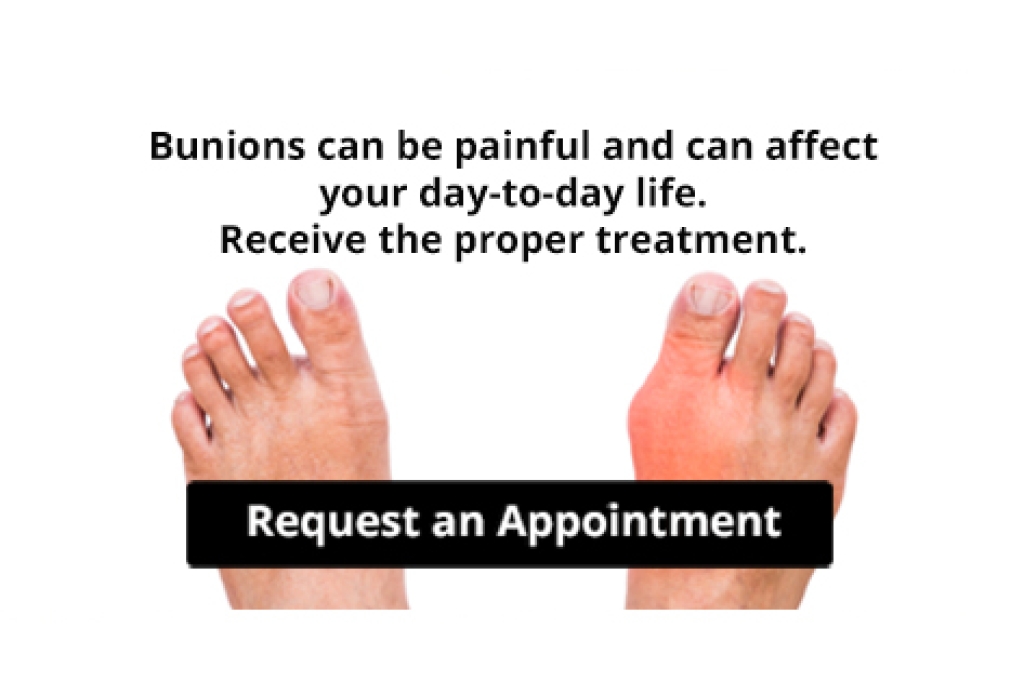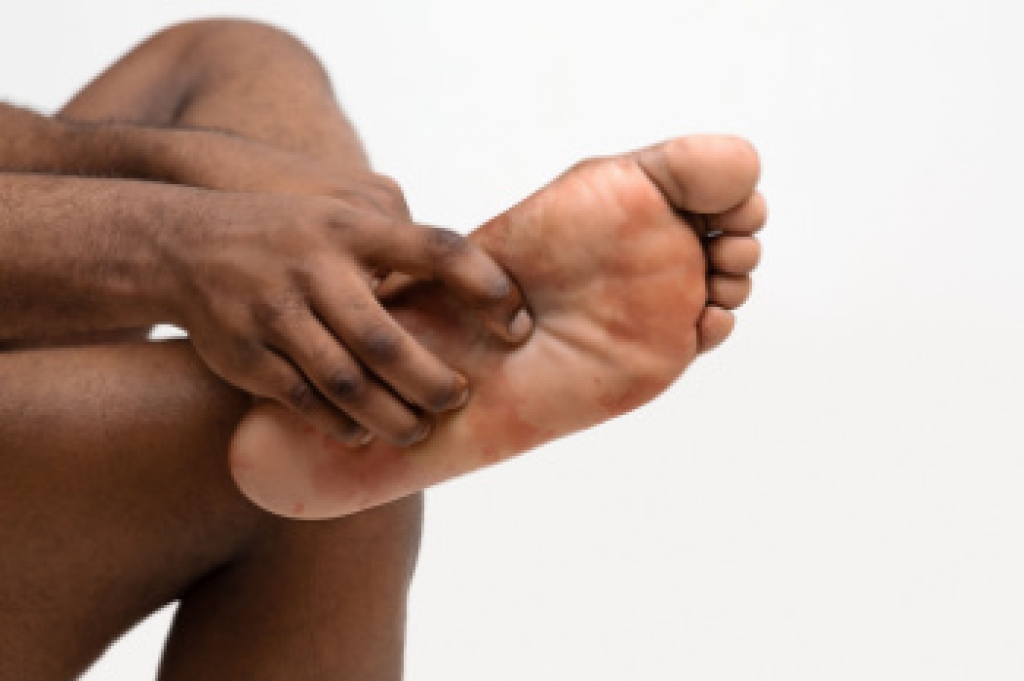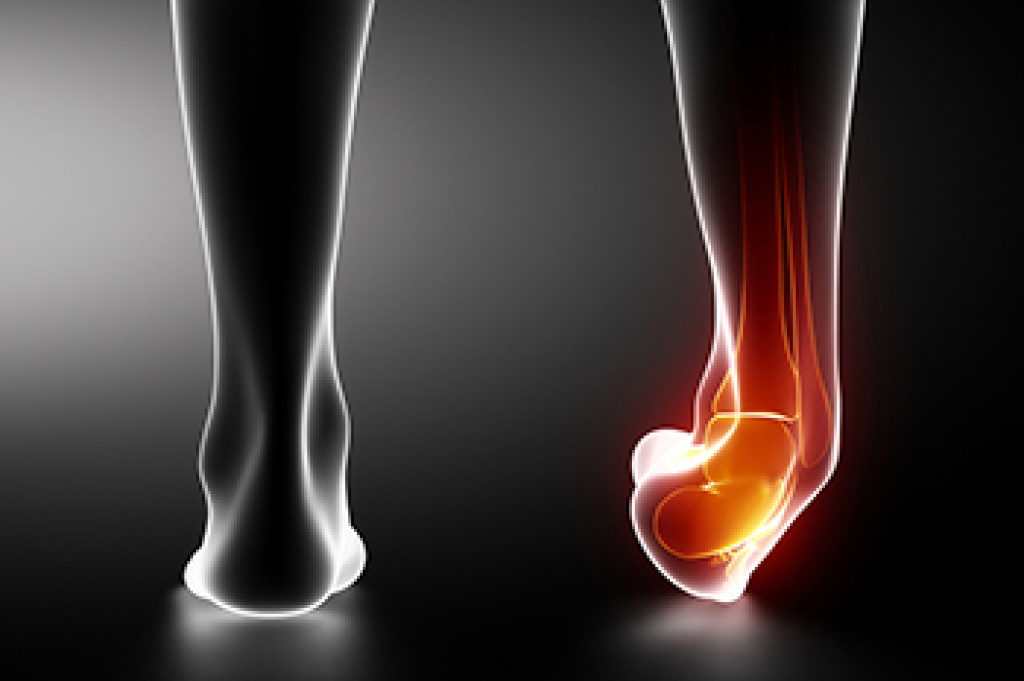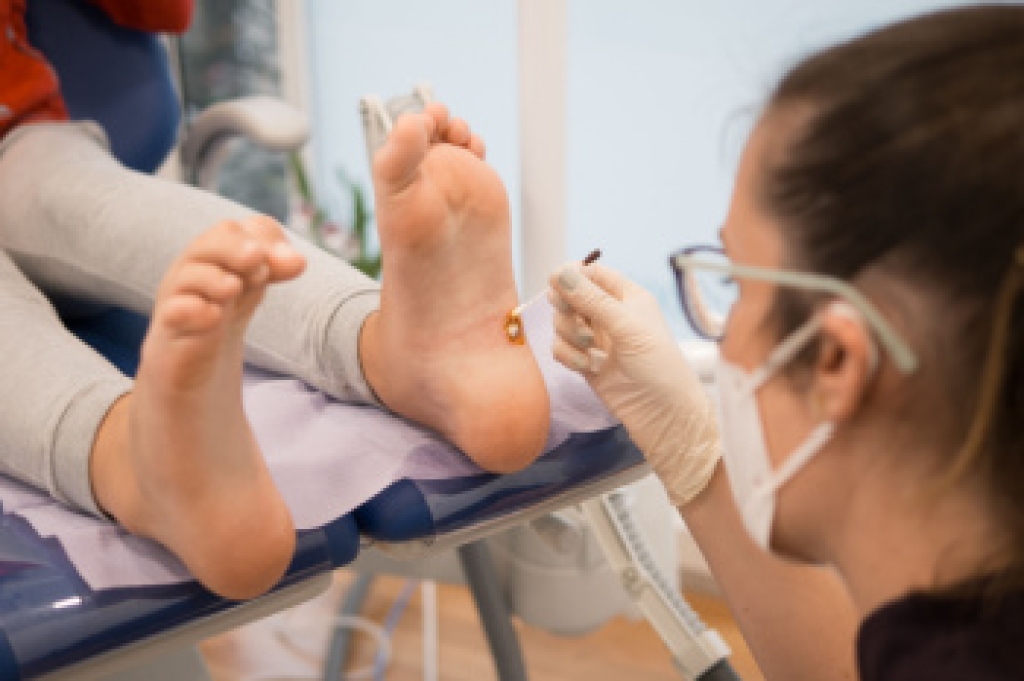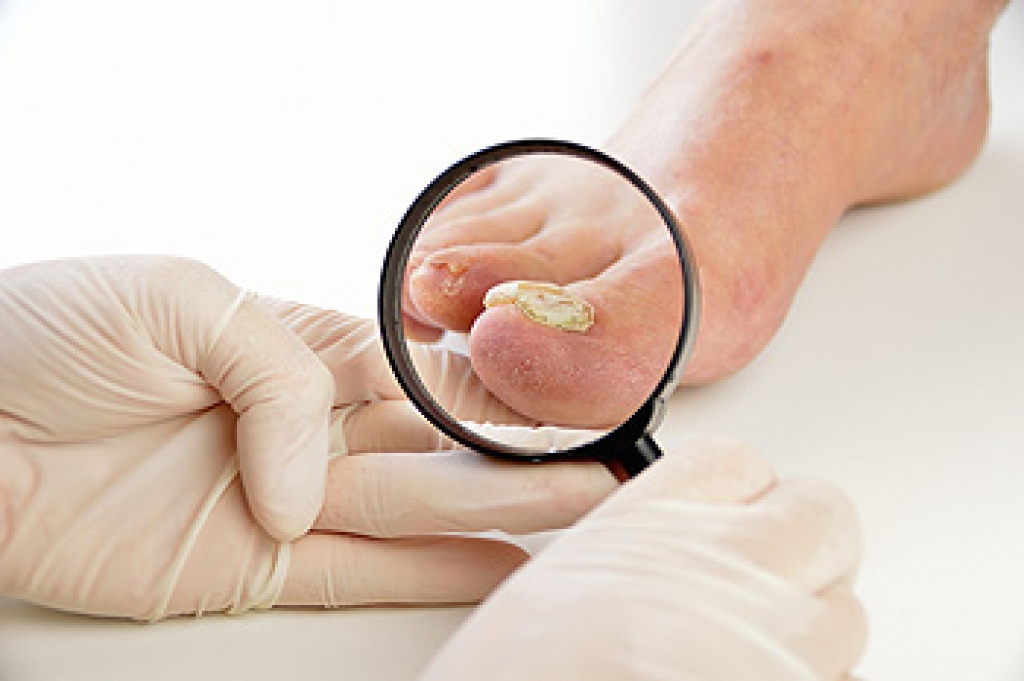
Toenail fungus, known medically as onychomycosis, affects the nails of the toes and can interfere with overall foot health. This infection occurs when fungi penetrate the nail bed, often thriving in warm, moist environments such as those created by tight shoes or damp socks. Infected nails can become thick, brittle, and discolored, sometimes causing discomfort or pressure when walking. Over time, the fungal toenail infection can spread to other toenails or surrounding skin, leading to pain or secondary infections if left untreated. A podiatrist can diagnose toenail fungus through a careful examination and laboratory testing to confirm the cause. Proper treatment helps prevent further nail damage and improves the appearance and health of the affected nails. In some cases, a podiatrist may recommend surgery to remove a severely infected nail and allow healthy regrowth. If you have been infected by a toenail fungus, it is suggested that you make an appointment with a podiatrist for a diagnosis and suggested treatment.
If left untreated, toenail fungus may spread to other toenails, skin, or even fingernails. If you suspect you have toenail fungus it is important to seek treatment right away. For more information about treatment, contact Glenn Aufseeser, DPM of Lakewood Foot and Ankle Specialists. Our doctor can provide the care you need to keep you pain-free and on your feet.
Symptoms
- Warped or oddly shaped nails
- Yellowish nails
- Loose/separated nail
- Buildup of bits and pieces of nail fragments under the nail
- Brittle, broken, thickened nail
Treatment
If self-care strategies and over-the-counter medications does not help your fungus, your podiatrist may give you a prescription drug instead. Even if you find relief from your toenail fungus symptoms, you may experience a repeat infection in the future.
Prevention
In order to prevent getting toenail fungus in the future, you should always make sure to wash your feet with soap and water. After washing, it is important to dry your feet thoroughly especially in between the toes. When trimming your toenails, be sure to trim straight across instead of in a rounded shape. It is crucial not to cover up discolored nails with nail polish because that will prevent your nail from being able to “breathe”.
In some cases, surgical procedure may be needed to remove the toenail fungus. Consult with your podiatrist about the best treatment options for your case of toenail fungus.
If you have any questions please contact our offices located in Lakewood and Manchester Township, NJ . We offer the newest diagnostic and treatment technologies for all your foot and ankle needs.
